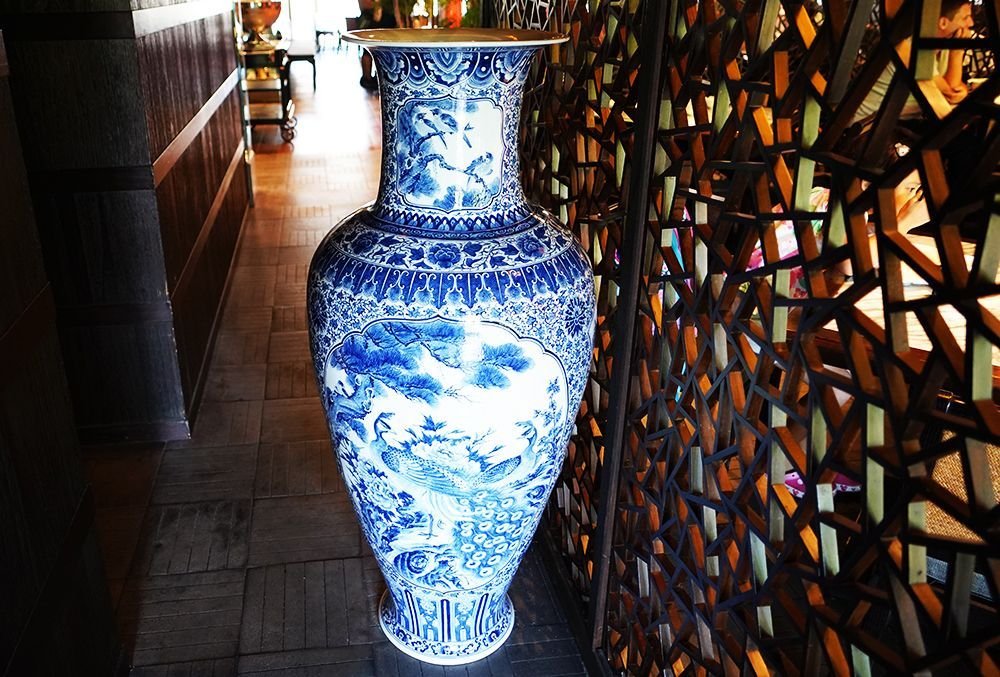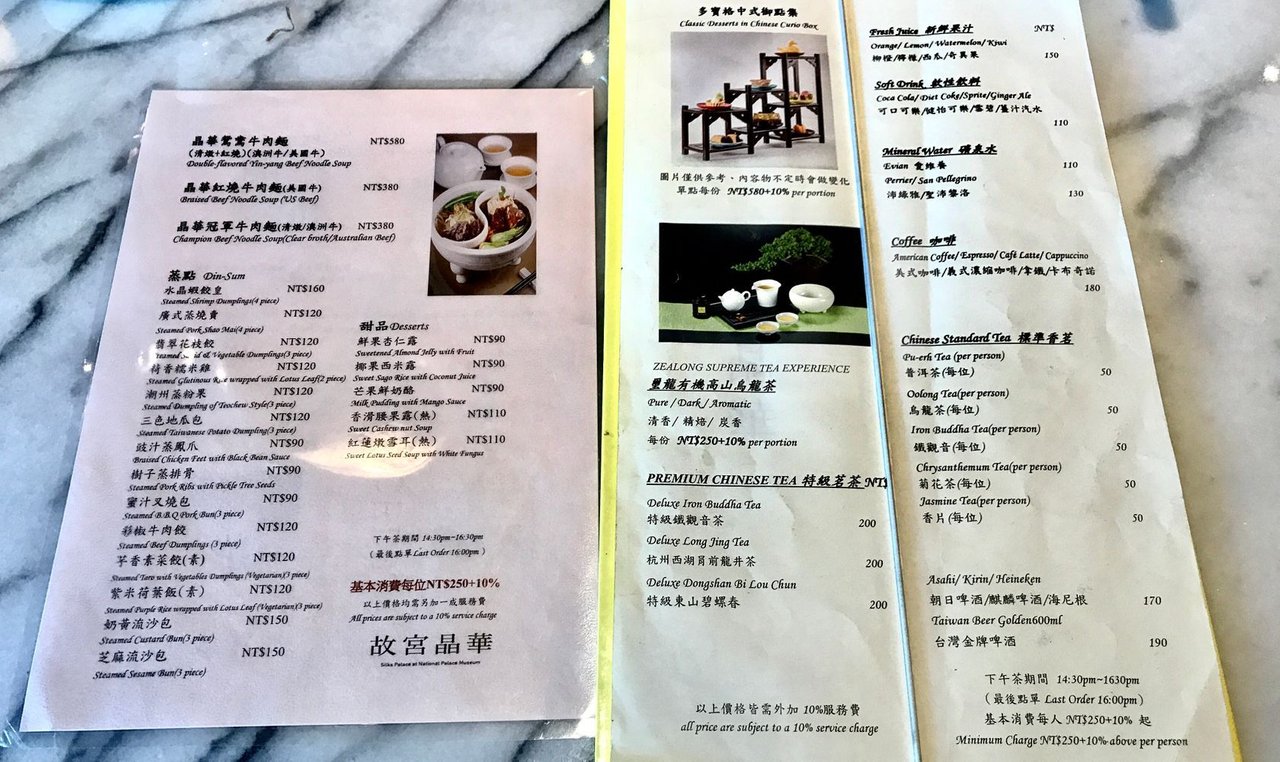

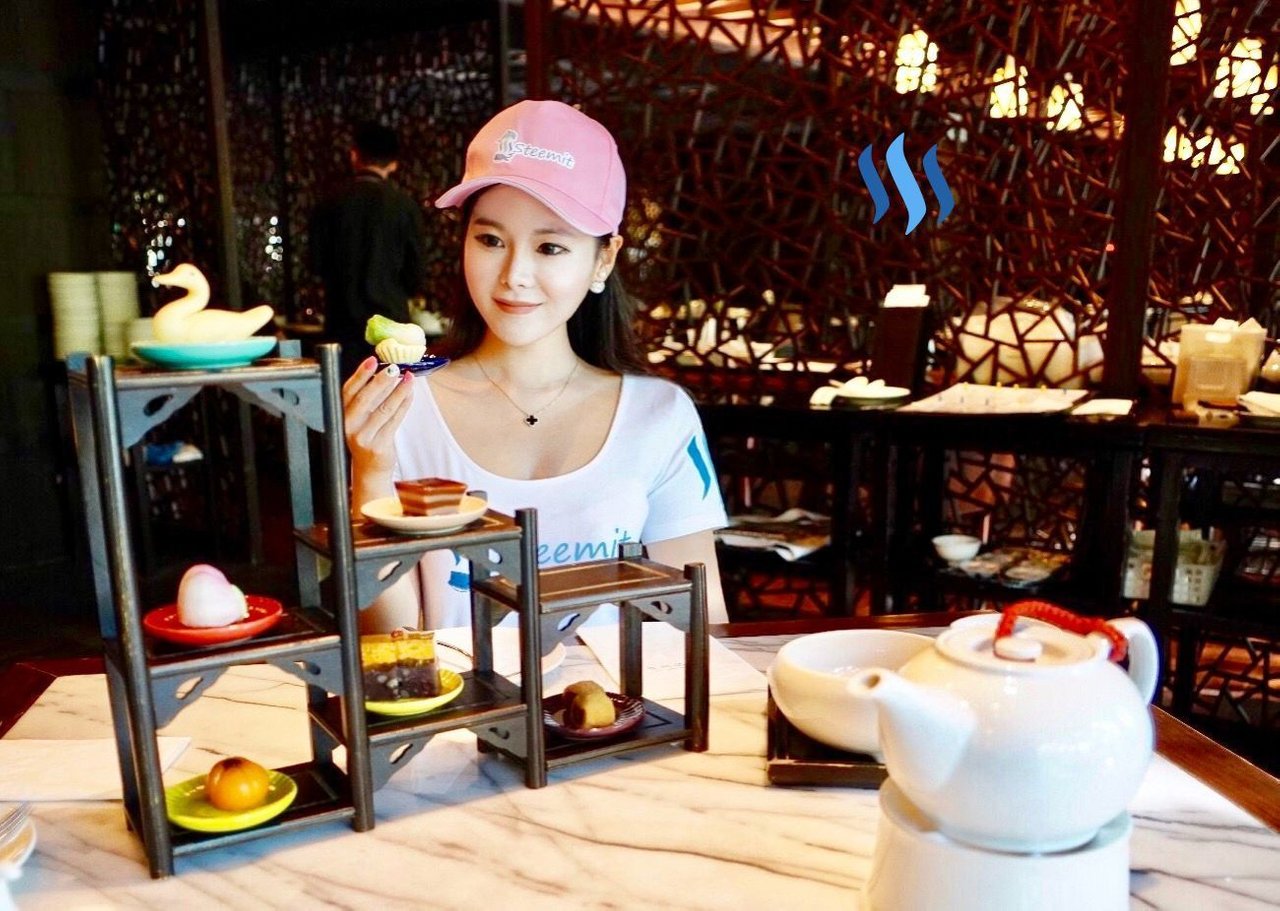 To most inhabitants in the Far-East, Taiwan is commonly known as a food paradise. Even with the diverse food offerings in the vast expanse of China, Taiwan is often the first place Chinese connoisseurs think of when they wish to indulge on the more localised food offerings of the Formosan island.
To most inhabitants in the Far-East, Taiwan is commonly known as a food paradise. Even with the diverse food offerings in the vast expanse of China, Taiwan is often the first place Chinese connoisseurs think of when they wish to indulge on the more localised food offerings of the Formosan island.
For this edition of Miss. Delicious we'll be headed to the northern part of Taipei just a few kilometres East of the infamous night-market, Shilin, to the Silks Palace Restaurant. In-fact, this area is primarily known for the National Palace Museum - one of the largest museums in the world in terms of the numbers of artefacts on exhibit.
The National Palace Museum is the home to over 700,000 artefacts from ancient imperial China, they range from the neolithic age all the way to modern and represent over 8000 years of Chinese history.
Because of the historical and cultural importance of the National Palace Museum, it is a must visit for guests to Taipei and thus, the Silks Palace restaurant (which is beside the Museum) has become an equally alluring restaurant featuring the fusion of Chinese art and Chinese cooking.
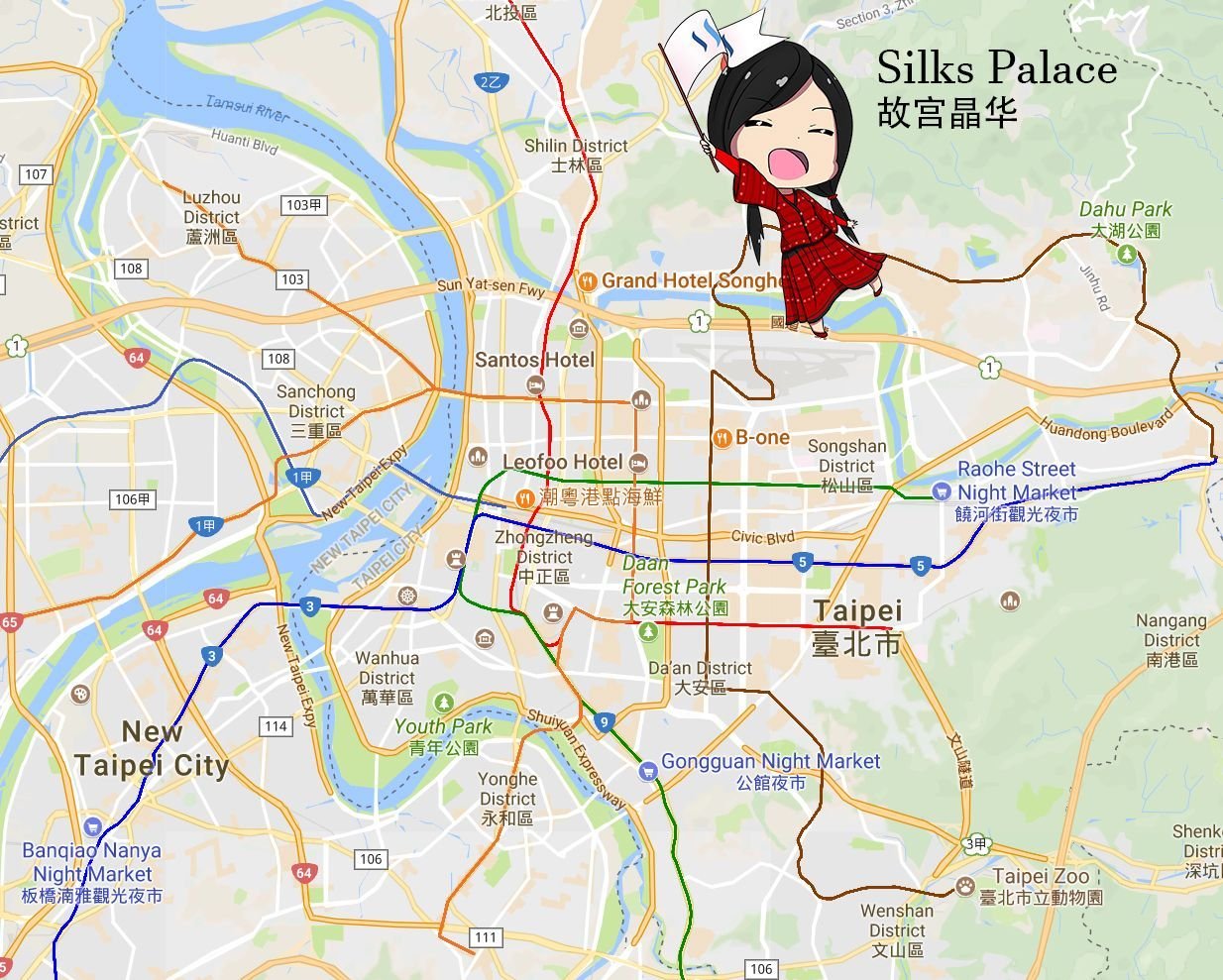 With such an important collection of treasures by the doorstep of the Silks Palace Restaurant, great care has been taken to design the restaurant building such that it's presence blends in with the surrounding area, taking on the character of the National Palace Museum as well as respecting the environment.
With such an important collection of treasures by the doorstep of the Silks Palace Restaurant, great care has been taken to design the restaurant building such that it's presence blends in with the surrounding area, taking on the character of the National Palace Museum as well as respecting the environment.
From the outside, the building looks almost like a greenhouse with vines just behind the clear transparent glass. The architect Ren-shi Yao intended for the building to respect the lush green surroundings but also, diminish the impact it has on it's neighbouring buildings.
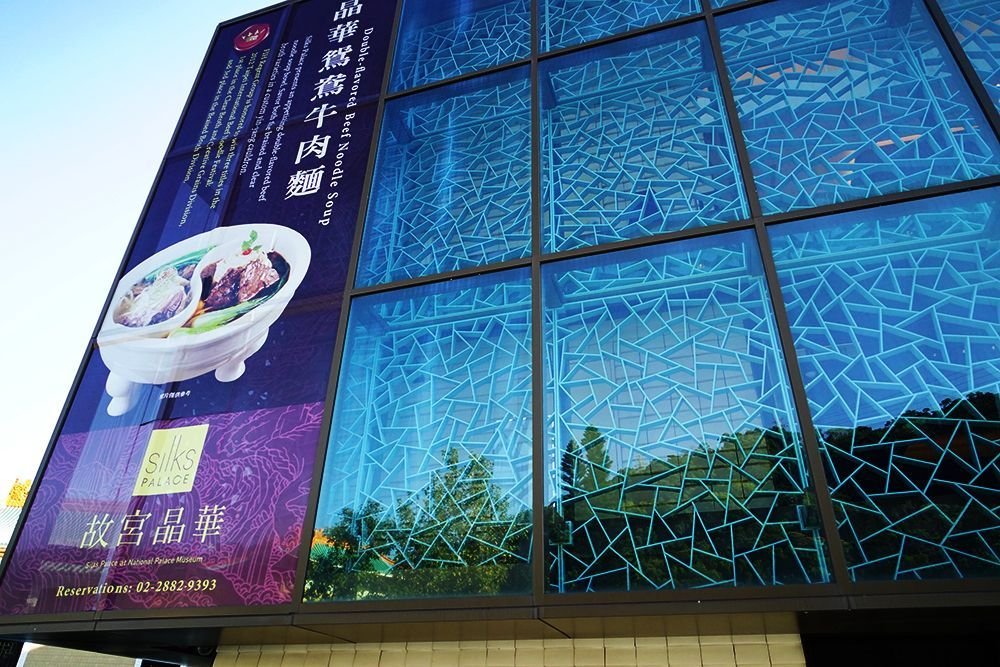
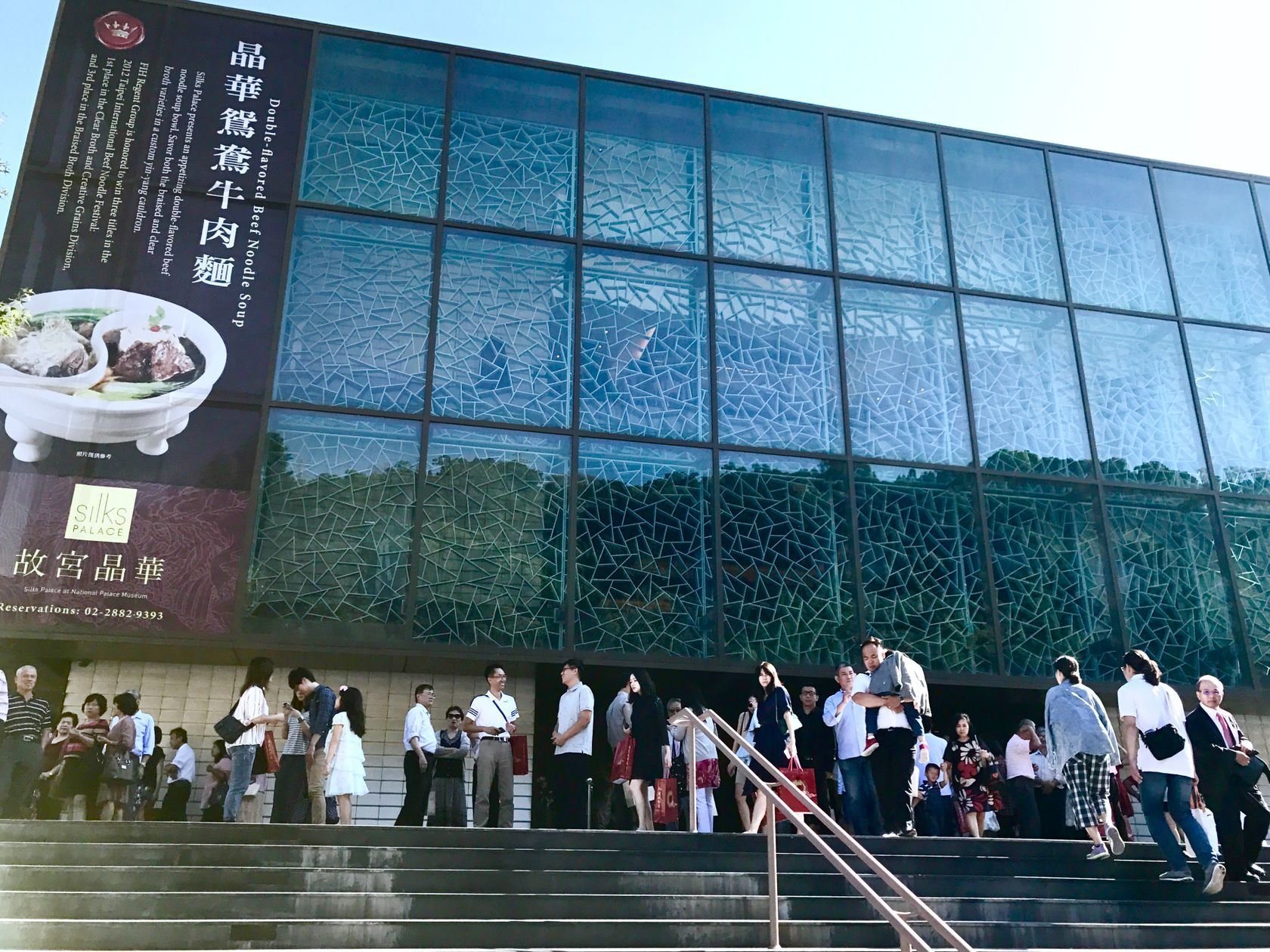
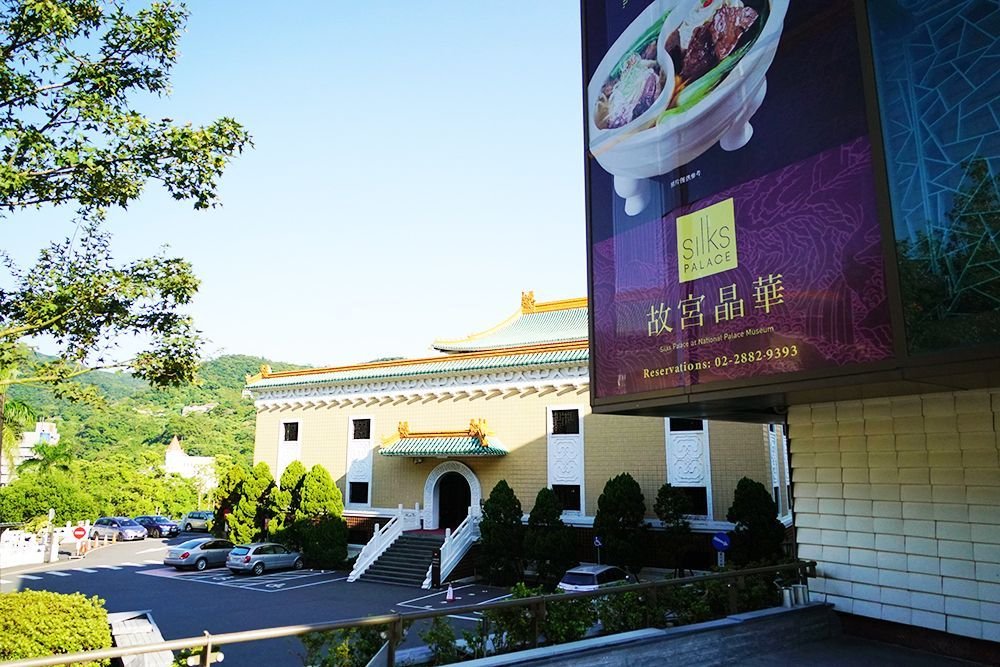
Let's go inside!
Escaping the crowds of people standing outside, you'll be pleased to know that the restaurant's high end appearance and sheen does well to retain a feeling of exclusivity. However, despite it's classy appearance, it feels neither drought or too busy.
Most visitors will come either for lunch before visiting the museum, or for dinner after the museum closes. In either case, when you walk inside, you will be dazzled by very distinctive interior lighting which draws attention to the open layout of the restaurant.
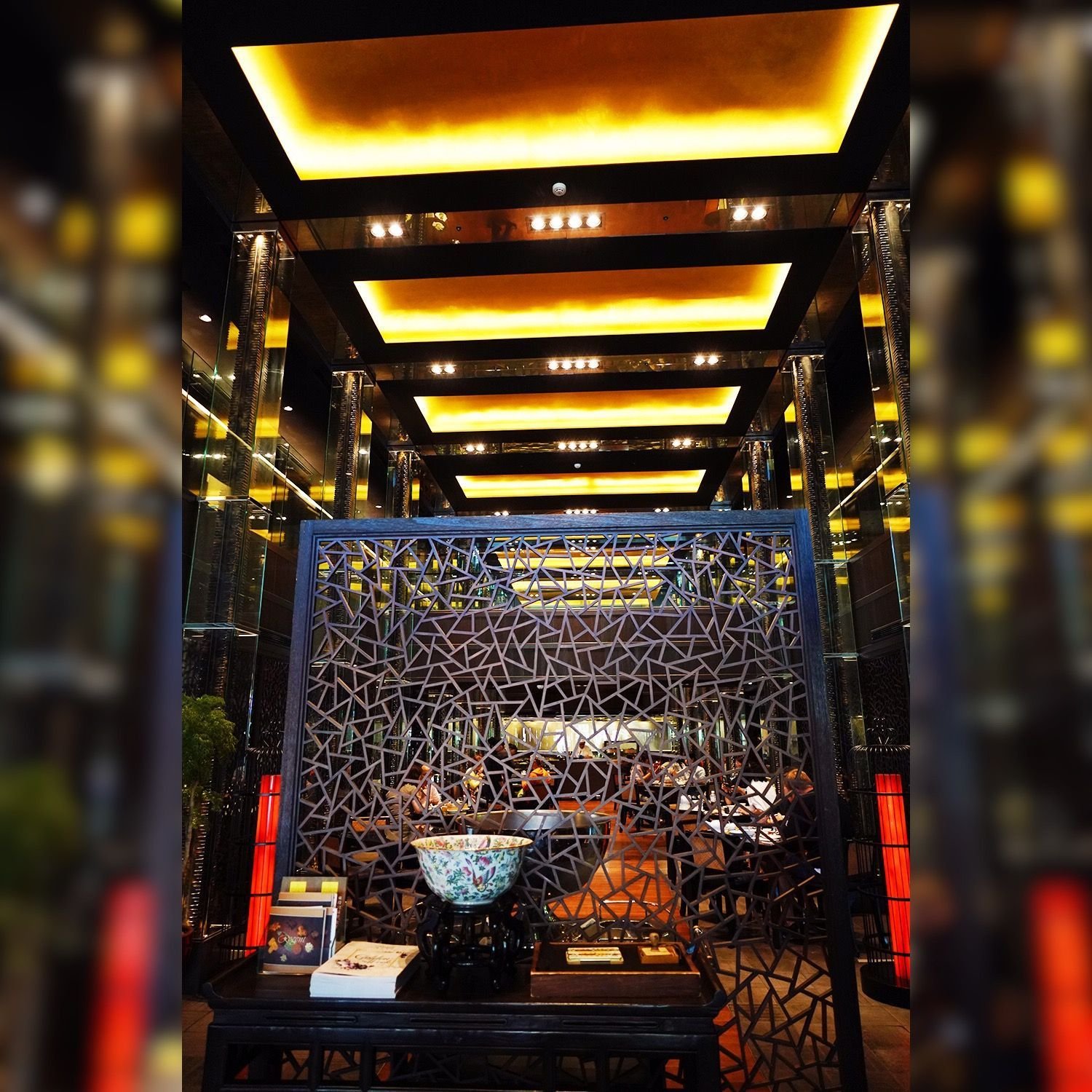
Guests are seated with plenty of space to separate between tables. Obviously this is a really good for anyone who feels claustrophobic in dining areas packed with people.

Like the artificial vines we saw outside through the glass windows, the same web of vines are used to divide between different sections of the restaurant. In terms of the seating choices, it really comes down to whether you prefer a view of the natural green forests on the outside, or the intricate interiors of the restaurant on the inside.


In the back corners of the restaurant, you will find the traditional large round tables which are preferred by people who come in groups of 4 or more people.
Final preparations to the soup, noodle and steamed dishes are made on a table just beside the dining area. Garnishing the food with the last touches or even serving things such as soup and congee from this intermediate table means quick serving to the waiting guests.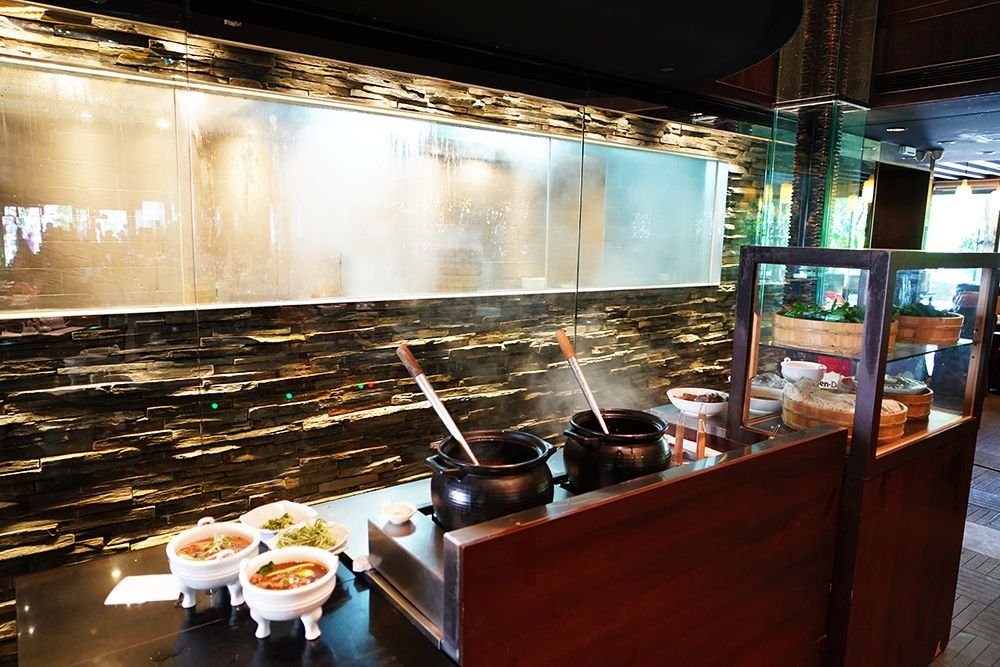
This is the largest table in the restaurant which as you can see has space for up to 10 people. This kind of traditional table has a rotating centre piece and is usually served by a dedicated team of waiters and waitresses. I also noticed the traditional painting on the wall which shows either people from the Ming or Qing dynasty having the ancient equivalent of afternoon tea.
![U5dtV1vGdDNqn8FPMnr9wZ1JgxLgFnj_1680x8400.jpg]
(This) is an example of a fine white and blue porcelain, otherwise known as Legendary Porcelain. Of course, this is an imitation of the real piece which can be found inside the museum. Still, it is a very beautiful example of the intricate detail that the ancient people used to paint on their porcelain vases.
is an example of a fine white and blue porcelain, otherwise known as Legendary Porcelain. Of course, this is an imitation of the real piece which can be found inside the museum. Still, it is a very beautiful example of the intricate detail that the ancient people used to paint on their porcelain vases.
